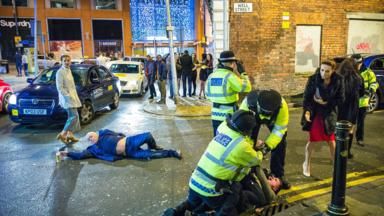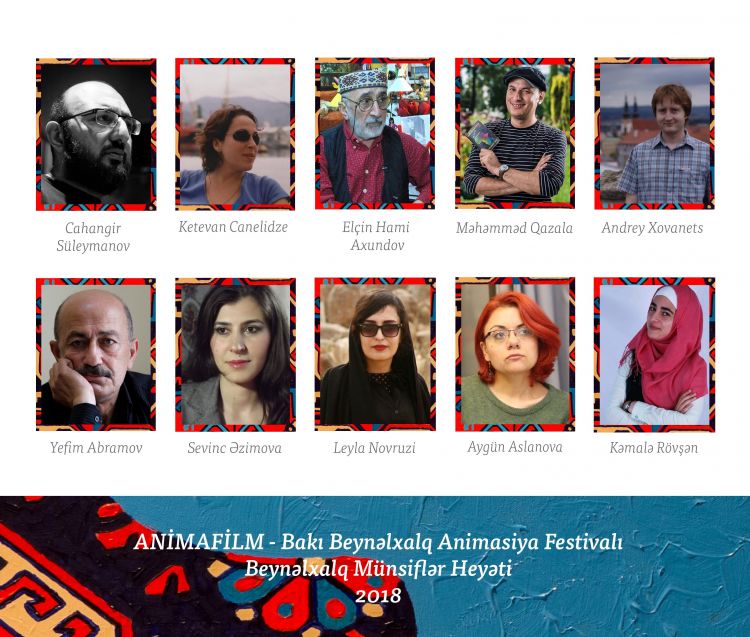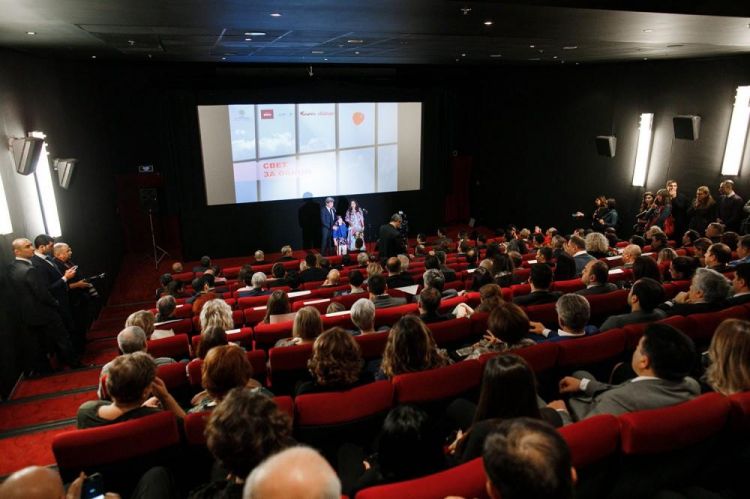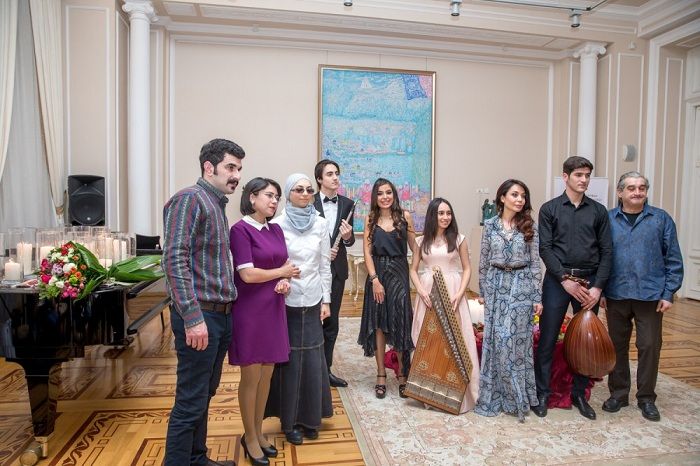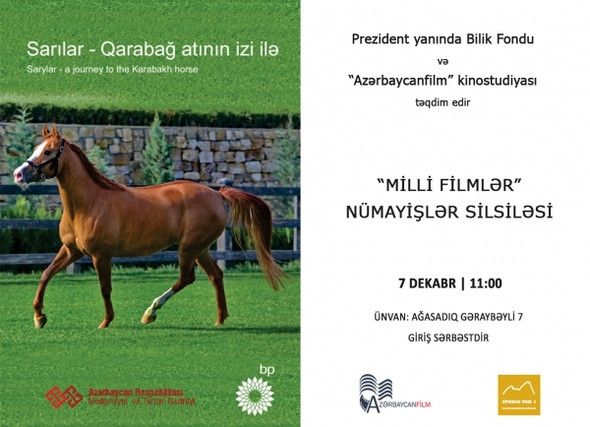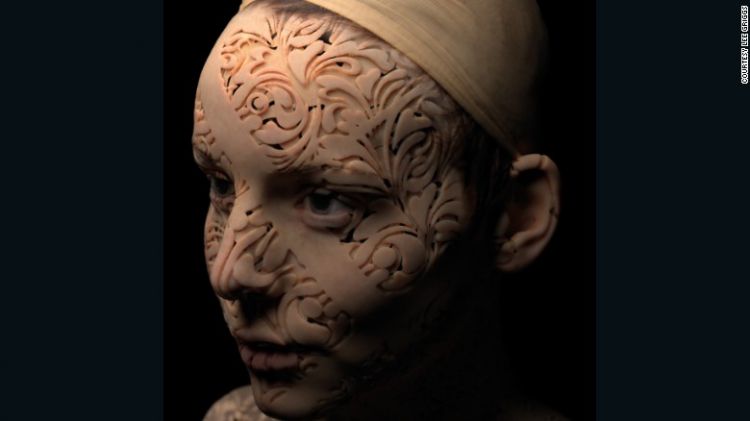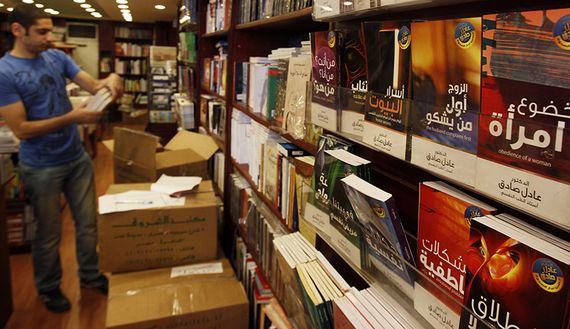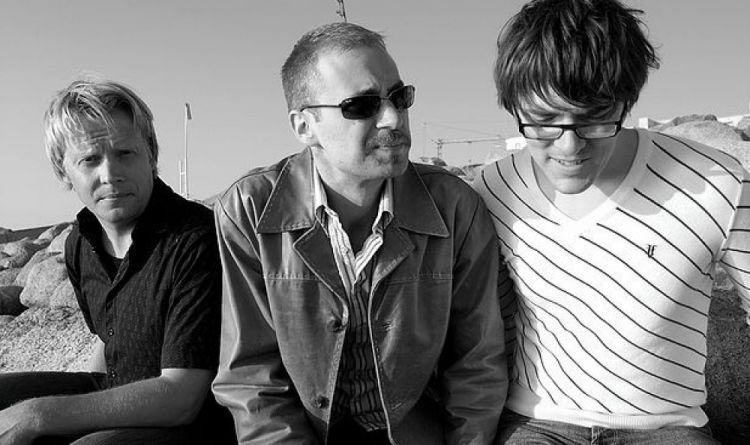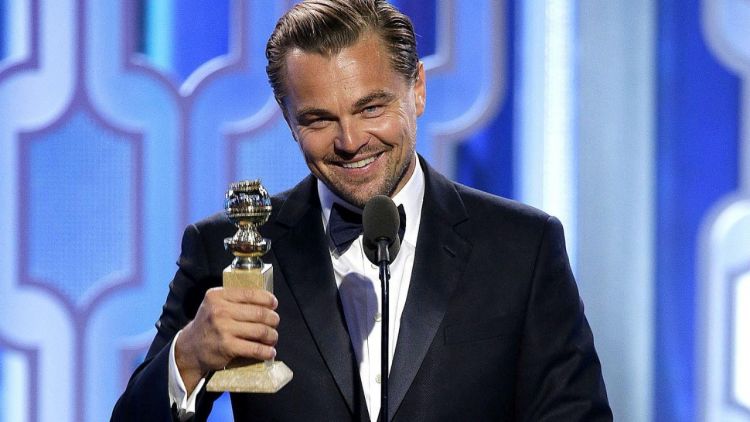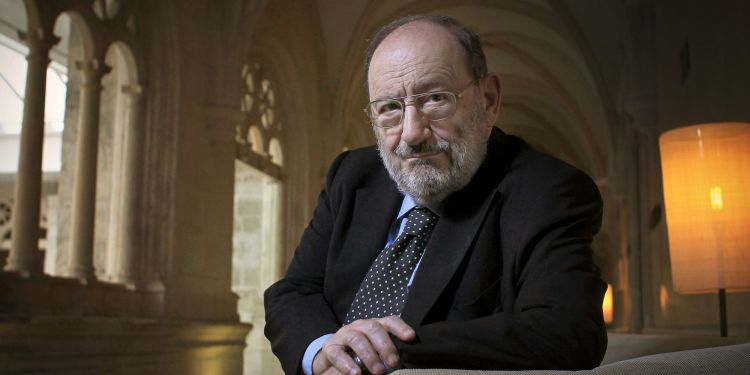The art of heavy drinking
We are inside a tavern, in the boisterous company of 11 men and women engaging in lively relaxation. To the left, by the fireplace, a group gossips and guffaws, while behind them an inebriated man performs an impromptu jig. To the right, two men play cards with a woman, perhaps a prostitute, who looks out slyly at the viewer while revealing that she holds an ace. Meanwhile, in the foreground, a lovesick musician scratches a tune on a violin while he flirts with a young woman, who can’t help smiling back.
This rambunctious scene is one of 400 or so paintings created by the prolific 17th Century Dutch artist Jan Steen. A brewer’s son, Steen is a household name in the Netherlands, where he is considered the great joker among the pack of celebrated artists of the Dutch Golden Age.
.jpg)
As this particular tavern interior demonstrates, Steen specialised in boozed-up scenes of hurly-burly mayhem, teeming with carousers and festive merry-makers. Indeed, if the larger-than-life Shakespearean character Falstaff had been an artist, then he would have painted just like Steen.
Several of his works, including this painting, are currently on display in Masters of the Everyday: Dutch Artists in the Age of Vermeer, an exhibition at the Queen’s Gallery in Buckingham Palace in London. The show contains other riotous tavern scenes by Steen, as well as A Village Revel (1673), his complex, cacophonous composition of drunken chaos outside a tumbledown rural inn. Eating, drinking, dancing, laughing, shouting: the characters in Steen’s pictures always enjoy life to excess.
Intoxicating theme
Today, outside his home country, Steen is less well known than his contemporaries Rembrandt, Frans Hals or Vermeer. Yet I find him a fascinating figure. This is because he is one of the laureates of an essential but often overlooked subject within art history: alcohol.
It would be possible to construct an entire history of art considered solely through the prism of alcohol
The annunciation, the nativity, the portraiture of aristocrats and monarchs, even the nude – art historians have devoted weighty studies to them all. But the representation of boozing in the visual arts usually elicits sniggers rather than scholarly contemplation: just witness the tongue-in-cheek online response to the photograph of inebriated revellers celebrating New Year’s Eve in Manchester that went viral earlier this week. As well as being ‘reworked’ in various painting styles, this Hogarthian image of civic carnage (just consider the brilliantly ironic name of ‘Well Street’ where the action took place) was celebrated for the classicism of its composition and compared to canvases by Old Masters.
.jpg)
Yes, the reaction to this photograph was just a piece of fun – the joke being that there is a supposed mismatch between ‘high’ fine art and the picture’s ‘low’ and squalid subject matter. But, in a sense, this is misguided – because, actually, it would be possible to construct an entire history of art considered solely through the prism (or should that be the bottom of a glass?) of alcohol.
Intoxication was a major theme of art in the ancient world: just think of all those painted pots depicting the raucous entertainments commonly held at ancient Greek symposia or drinking parties. Praxiteles, the renowned Attic sculptor operating during the 4th Century BC, created a famous statue of the infant wine god, Dionysus, perched on the arm of Hermes.
The Romans, too, were in thrall to Bacchus (as they called Dionysus). He often appears, with or without his uproarious retinue, in sculptures, wall paintings, and mosaics.
With the revival of antiquity’s pagan worldview during the Renaissance, drink became an important subject for artists once again. Before he created his spellbinding Pieta, Michelangelo sculpted a lewd and tipsy Bacchus. Titian also depicted the god of intoxication – leaping, with ravishing poise, from a chariot drawn by cheetahs, in the National Gallery’s Bacchus and Ariadne.
.jpg)
In The Andrians, now in the Prado, Titian returned to this boozy theme, representing a group of revellers dancing and lying beside a river of wine on the island of Andros. Almost a century later, Rubens painted his infamous Silenus, the bald, bearded, pot-bellied tutor and companion of Dionysus, stumbling along with drunken difficulty. In London’s National Gallery, a similarly corpulent and gloriously wasted Silenus slumps, supported by satyrs, in a related canvas, possibly executed in Rubens’s studio.
Dutch courage
A few decades after that was painted, Steen and other Dutch artists felt compelled to depict drinking. A stock scene within their 17th Century repertoire was that of a lecherous gentleman attempting to seduce a young woman by getting her drunk.
The popularity of cheap Dutch alcohol inspired Hogarth’s Gin Lane
Vermeer created a version of this scenario in a canvas from the late 1650s now in Berlin: it contains a brilliant white highlight sparkling on the glass pressed to the woman’s face so that it is directly level with her eyes. This functions as a metaphor for her state of mind – dazzled by the man’s charisma, or the deliciousness of intoxication, or both.
The popularity of cheap Dutch alcohol inspired arguably the most memorable (and apocalyptic) image of drinking within British art: Hogarth’s Gin Lane. This polemical print of 1751, which dramatises the dire consequences of consuming foreign spirits to excess, provides a starting point for Art and Alcohol, a small exhibition now on at Tate Britain in London. The display brings the story of art and alcohol into the present day, via the rowdy “lowlife” scenes of the 19th Century painter David Wilkie, as well as George Cruikshank’s vast, madcap canvas, The Worship of Bacchus (1860-62).
.jpg)
Spirit of the age
At the Tate, the latter work is hung opposite Gilbert and George’s Balls: The Evening Before the Morning After – Drinking Sculpture (1972), which consists of 114 individually framed black-and-white photographs, documenting an evening’s boozing in a bar in east London. The fragmentary, kaleidoscopic presentation of the photographs, many of which are characterised by distorted visual effects, apes the bleary, off-kilter effect of inebriation.
Gilbert and George are far from the only contemporary artists who have been drawn to drunkenness (in their work, that is). A few years before his death in 2011, the US artist Cy Twombly began a cycle of eight epic paintings featuring soaring, swooping loops of vermilion acrylic paint. Ostensibly representing the bacchanalian pleasures of wine, Twombly’s intense swirls of bloody red also evoked violence and death – recalling the moment of their creation, at the height of the Iraq War.
.jpg)
And then, last year, the brilliant contemporary artist Christian Marclay presented an 11-screen video installation called Pub Crawl. In it, the artist, undertaking an early-morning stroll through the streets of East London, produced “music” by tapping half-empty pint glasses and cans of lager left over from the previous night’s excesses.
Drinking is fun, up to a point, isn’t it? And it can release creativity – David Blayney Brown
Why, then, has alcohol provided so much inspiration throughout art history? “Drinking is fun, up to a point, isn’t it?” replies David Blayney Brown, the curator of Art and Alcohol at Tate Britain. “And it can release creativity – of course. I suppose in the modern age that has shifted from alcohol to drugs, to some extent.”
He continues: “In a sense, I think that all these artists stand on a kind of edge. On the one hand, their pictures are about excess, and they might seem to urge greater control. But at the same time there is clearly a fascination and a kind of complicity with the subject as well.”
Perhaps this is why, in the case of Jan Steen, the artist often included his own self-portrait within his free-for-alls. In Interior of a Tavern with Card Players and a Violin Player, for instance, he is the fat chap laughing manically near the hearth on the left. Arguably, any sense that Steen’s paintings were meant to have a finger-wagging, moral message was thus undermined.
“Steen is the biggest personality in [17th Century] Dutch painting,” says Desmond Shawe-Taylor, Surveyor of the Queen’s Pictures. “He was brought up in a family of brewers and he did run a pub – so there is some evidence for thinking that he might have been a bit of a boozer himself. But that is something of an assumption, because it would be perfectly possible to paint a persona in your paintings.”
Even so, the evidence of the pictures suggests that Steen was comfortable enough with our human appetite for drink. Unlike, say, clergymen preaching temperance, he even appears to have felt positively indulgent towards alcohol-related folly – which he considered a weakness, but not a vice. Like many other artists who have depicted the effects of alcohol throughout history – including, even, the photojournalist who took that infamous recent shot of boozers passed out on the street in Manchester –Steen, it seems, dramatised drinkers, but didn’t judge them.
By Alastair Sooke
Art Critic of The Daily Telegraph
(BBC)
